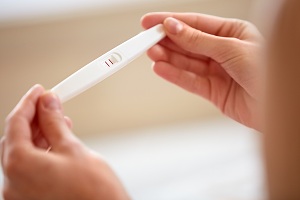There is talk of mosaicism when the same person has cells within him with a different genetic heritage. It is therefore possible that they have a part of healthy cells and a part of cells affected by chromosomal abnormalities. Depending on the case, the condition can also affect particular types of cells, such as those of blood, skin and gametes.
At the basis of mosaicism there is an error in cell division during embryonic development. If the cells affected by the anomaly are few, it is possible that the effects on the individual are limited. If they were the majority, it becomes much more likely to manifest pathologies. For example, it is possible to have Down syndrome, Klinefelter syndrome and Mosaic turner.
The only method to have a reliable diagnosis of mosaicism is genetic testing and prenatal screening tests. The cells of the fetus are analyzed and the presence of cells with chromosomal abnormalities occurs. If successful, continue with further genetic tests. In this way an estimate is made of the number of anomalous cells and, consequently, of the severity of the mosaicism.
The effects of mosaicism vary greatly depending on the severity and the cells involved. In general, it is difficult to predict with confidence the effects of such a condition. A chromosomal abnormality present in most cells is almost equivalent to an abnormality present in 100% of cells. A low percentage of abnormal cells may have no effect on the individual, but have repercussions on his offspring. Current genetic testing and fetal DNA testing can unveil this possibility in time.
Source: nytimes.com
Add a comment





